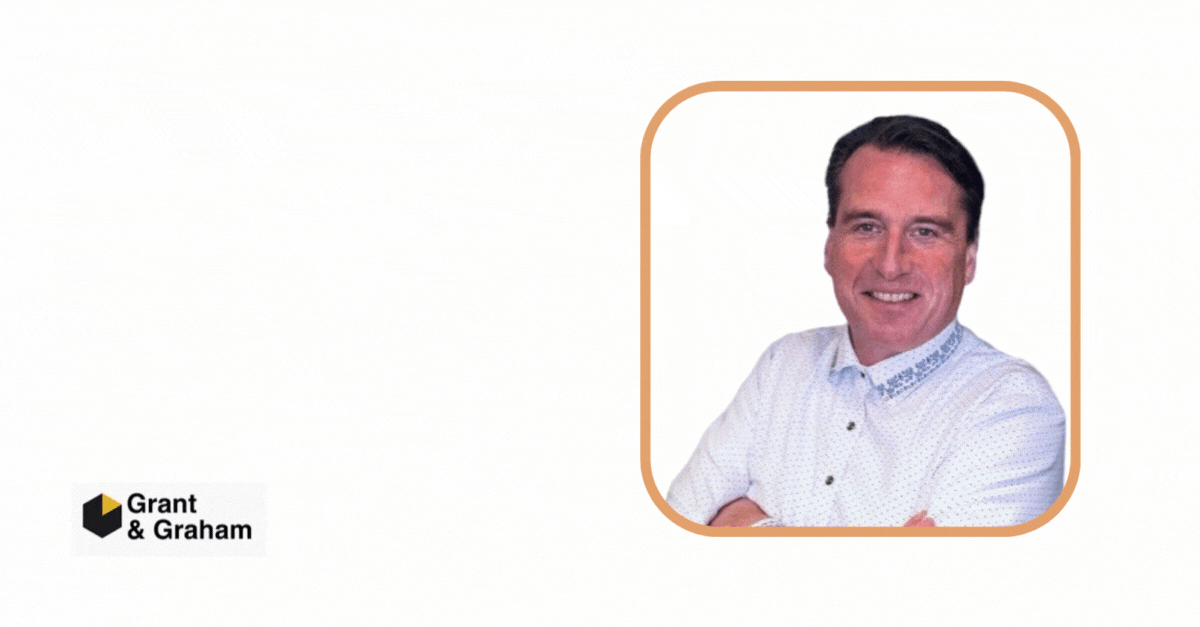The role of a Project Manager is likely to evolve in response to technological advancements,...
Lean Portfolio Management: Maximising Value with Fixed Budgets
 Lean Portfolio Management in Practice: How to Manage New Initiatives with a Fixed Budget and a Focus on Value
Lean Portfolio Management in Practice: How to Manage New Initiatives with a Fixed Budget and a Focus on Value
In today’s fast-paced business environment, where digital transformation is a constant and strategic alignment is critical, many organizations are turning to SAFe® (Scaled Agile Framework) to scale agility across the enterprise. Yet a common and pressing question remains:
How can we manage new investments within a fixed budget, with limited resources, and an already packed portfolio of initiatives?
The answer lies in one of SAFe’s core competencies: Lean Portfolio Management (LPM).
The Real-World Challenge: New Ideas in a Busy Portfolio
Picture this: your organization has an annual budget allocated by Value Stream—those cross-functional teams and processes that deliver customer value. Teams are already fully engaged, delivering on strategic priorities. Then, a new opportunity emerges: a regulatory shift, a promising partnership, or a critical market demand.
How do you respond without derailing current efforts or requesting more funding?
Lean Budgets: A Foundation for Stability and Agility
Unlike traditional project-based models that require budget approvals for every shift, Lean Portfolio Management enables stability through fixed budgets allocated by Value Stream. This approach gives teams the predictability they need, while empowering leadership to make dynamic, value-driven decisions.
With LPM, organizations can pivot when needed—adjusting delivery priorities based on evolving strategy—without creating disruption or instability.
When Delivery Timelines Shift
Delays happen. But under LPM, a delay doesn’t automatically require more budget, because team capacity is already planned for.
Instead, LPM provides a structured approach to decision-making:
-
Reassess whether the initiative still justifies the investment.
-
If the value is still clear, continue.
-
If not, consider deferring, simplifying, or even stopping the initiative.
This is governance through Lean Budget Guardrails—where decisions are made transparently, with value, not bureaucracy, as the guiding principle.
Introducing New Initiatives into the Mix
New ideas enter the system through a Portfolio Kanban, which ensures they’re assessed for:
-
Strategic alignment
-
Economic value
-
Business urgency
When a new initiative offers higher potential than one currently in-flight, LPM provides mechanisms to substitute responsibly, maintaining clarity and minimizing disruptions. The goal is not change for change’s sake, but the ongoing optimization of limited resources.
This creates a portfolio that’s alive, responsive, and strategically aligned—without sacrificing delivery focus.
Conclusion: A Fixed Budget Is Not a Limitation—It's a Strategic Lens
Lean Portfolio Management transforms the concept of fixed budgets from a constraint into a catalyst for smarter decision-making. It moves the focus from rigid planning to maximizing value with available resources.
If your organization is aiming to turn strategy into continuous, adaptive execution, Lean Portfolio Management is where that journey begins.
How Douglas from Grant and Graham Can Help
If your organization is considering Lean Portfolio Management but isn’t sure how to implement it in a practical, value-driven way, Douglas at Grant and Graham can help. With deep experience in Agile governance, budget alignment, and portfolio optimization, Douglas partners with leadership teams to:
-
Translate strategy into executable, measurable portfolio plans
-
Design lean budgeting models aligned to real business priorities
-
Establish Portfolio Kanban flows and decision-making guardrails
-
Build internal capability for sustainable value delivery
Whether you're in the early stages or looking to refine your LPM implementation, visit www.grant-graham.co.uk or reach out directly to Douglas to explore how your organization can become more focused, adaptive, and aligned—without asking for more budget.




